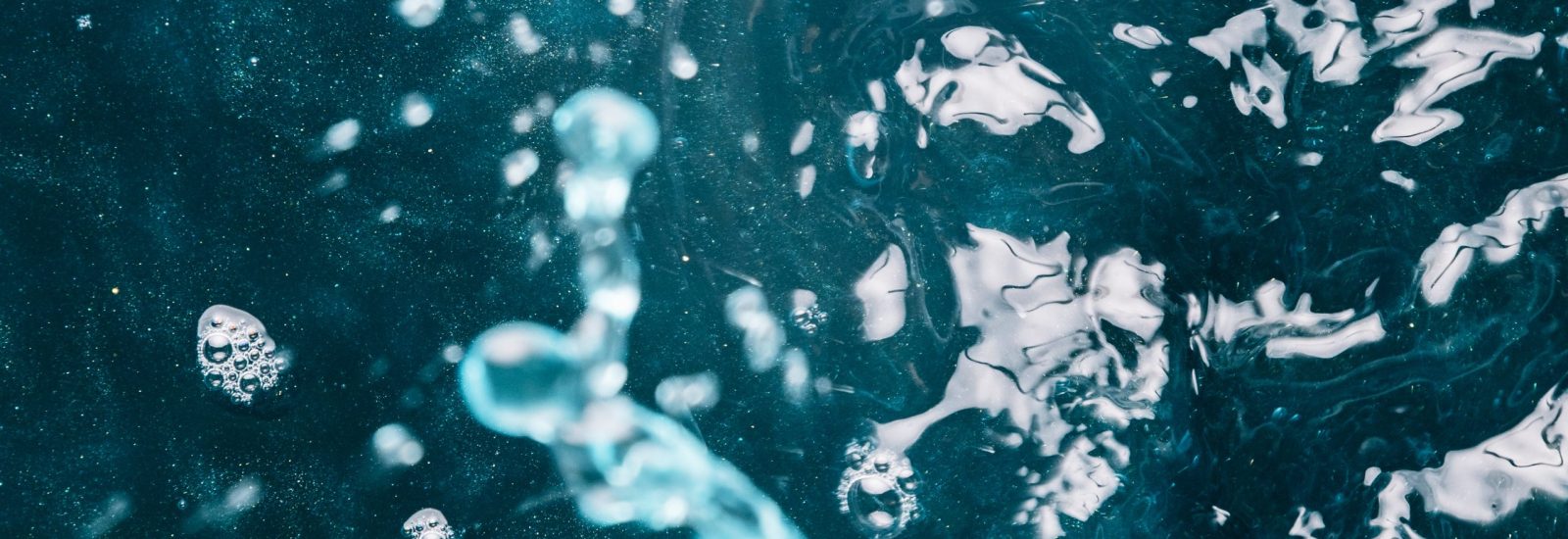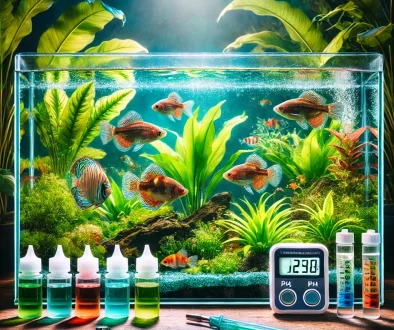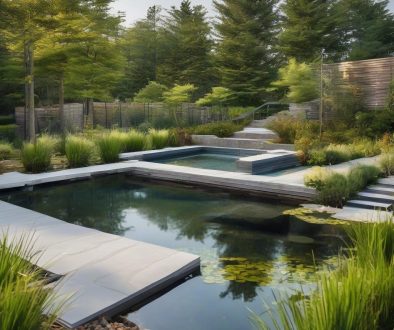How to Prepare Saltwater for Your Marine Aquarium
How to Prepare Saltwater for Your Marine Aquarium
Creating a thriving marine aquarium at home is a rewarding and beautiful endeavour. One of the most critical steps in setting up and maintaining a healthy marine environment is preparing the saltwater correctly. In this guide, we’ll walk you through the process of making saltwater for your marine aquarium, ensuring that your aquatic friends flourish in their new home.
Why is Proper Saltwater Preparation Important?
Marine organisms are sensitive to changes in their environment, particularly salinity, pH, and temperature. Improperly prepared saltwater can lead to stress, disease, and even death. Therefore, it’s crucial to follow the correct procedures and use high-quality materials to replicate the oceanic conditions your marine life needs.
Step-by-Step Guide to Making Saltwater
- Gather Necessary Equipment and Materials
Before you begin, make sure you have the following items:
- Reverse Osmosis (RO) or Deionised (DI) Water: Tap water contains impurities and minerals that can harm marine life. RO or DI water is purified and ideal for making saltwater.
- Marine Salt Mix: Purchase a high-quality marine salt mix from a reputable brand. These mixes are formulated to match the natural seawater composition.
- Mixing Container: Use a clean, food-grade plastic container or a dedicated mixing barrel.
- Hydrometer or Refractometer: To measure the specific gravity (salinity) of your saltwater.
- Heater: To match the water temperature to your aquarium’s temperature.
- Power head or Pump: For mixing the salt and water thoroughly.
- Thermometer: To monitor water temperature.
- Measure and Heat the Water
Fill your mixing container with the desired amount of RO/DI water. It’s essential to measure accurately to maintain consistency. Place the heater in the container and set it to the same temperature as your aquarium, usually between 24-27°C (75-80°F). Allow the water to reach the desired temperature before adding salt.
- Add Marine Salt Mix
Refer to the instructions on your marine salt mix for the correct dosage. Typically, you’ll need about 35g of salt mix per litre of water, but this can vary by brand. Slowly add the salt mix to the water while stirring continuously. Using a power head or pump will help dissolve the salt more efficiently.
- Measure and Adjust Salinity
Once all the salt is dissolved, use a hydrometer or refractometer to measure the specific gravity of the water. The ideal specific gravity for a marine aquarium is usually between 1.020 and 1.025. If the salinity is too high, add more RO/DI water to dilute it. If it’s too low, add more salt mix gradually.
- Aerate and Stabilize
Allow the saltwater to aerate and stabilize for at least 24 hours. This process ensures that the water is fully mixed and that any chemical reactions have settled. Aeration also helps to oxygenate the water, making it safe for your marine life.
- Test Water Parameters
Before adding the newly mixed saltwater to your aquarium, test its parameters to ensure they are within the desired range. Check for pH (should be around 8.1-8.4), alkalinity, calcium, and magnesium levels. Adjust as necessary using appropriate supplements.
- Perform Water Change or Top-Off
When your saltwater is ready, you can use it for water changes or to top off your aquarium. Always add the new water slowly to avoid shocking your marine life. For water changes, remove the same amount of old water from the aquarium as the new saltwater you’re adding.
Tips for Success
- Consistency is Key: Always measure ingredients and parameters accurately to maintain a stable environment.
- Quality Matters: Invest in high-quality marine salt mixes and testing equipment.
- Regular Maintenance: Regularly perform water changes and monitor your aquarium’s water parameters to keep your marine life healthy.
Conclusion
Creating the perfect saltwater for your marine aquarium is a meticulous process, but its well worth the effort. By following these steps and maintaining consistency, you’ll provide a stable and thriving environment for your marine inhabitants. Happy reefing!





